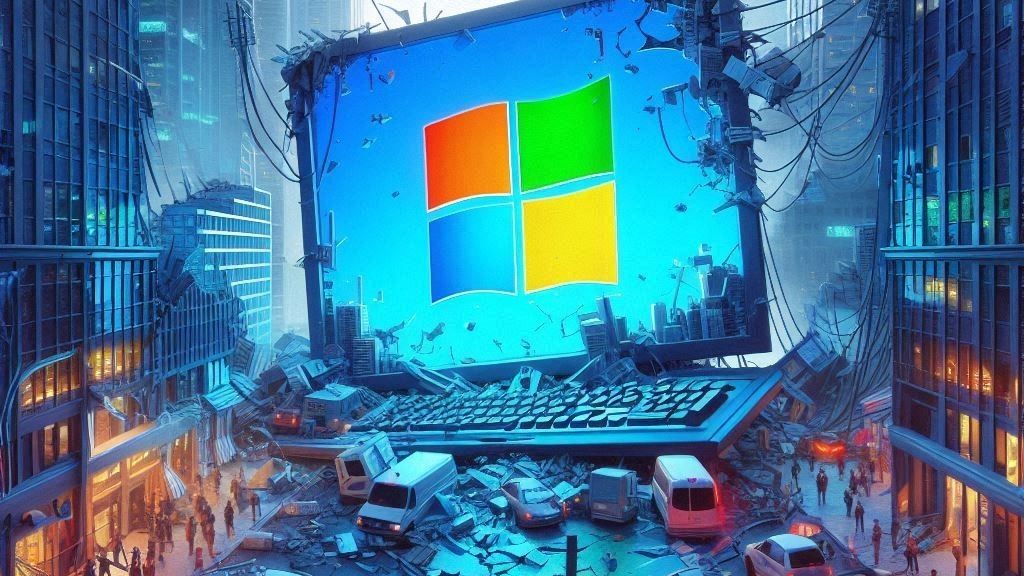The recent Microsoft-CrowdStrike outage has been called the biggest IT incident in history. It involved disruptions across the world that had never been seen before, evidently showing how critical it is to understand the roots and implications of such outages on business. According to a report by CNBC, several firms and industries were affected by the outage, which caused substantial operational disruption. This article provides a detailed background, causes, immediate impacts, and lessons learned from this gigantic IT failure.
Background
Microsoft and CrowdStrike are two of the major providers of IT security. Microsoft offers a wide variety of software and cloud space, while CrowdStrike specializes in cybersecurity, particularly endpoint protection. Preliminary reports on the blackout suggested that it was a deep-reaching occurrence, with firms quick to respond. In a report by AP News, occurrences like this have an aggregate impact on business continuity and data protectiveness. Therefore, they call for robust security measures and response strategies.
Incident Analysis
At the heart of this outage lay a defect in the Falcon content update for the Windows hosts, a security-enhancing update that brought down systems. This was because of a conflict between the new upgrade and already configured systems that caused systems to crash massively and service disruption. Knowing the technical details of how this defect occurred will help prevent such incidents in the future, always reverting to the complexity that characterizes the maintenance and updating of cyber security measures.
Immediate Impact on Business
The outage had an immediate effect on several business industries. Union Pacific and CommonSpirit Health were hit hard, and significant operational disruptions were reported. According to the American Hospital Association, the health sector had minor to major impacts on medical technology and communications, and some clinical procedure delays also resulted in critical delays in the care of patients and administrative processes. Businesses endured reductions in operations but also financial losses and reputational damage. CrowdStrike’s response involved rolling back the faulty update and providing immediate support to clients. Still, the extent of disruption was vast, underpinning that even the most secure systems can be vulnerable.
Lessons Learned in Business
The incident further reveals that detailed IT incident response plans are becoming more necessary. A well-thought-out strategy will limit the effects of such outages and ensure speedy recoveries. Indeed, an experienced managed services provider becomes indispensable as they swiftly diagnose issues for businesses and maintain clear communication throughout the crisis, ensuring you are informed and aligned. This enables you to initiate critical measures for ensuring business continuity. Their proactive approach not only addresses the current disruption but also fortifies your IT infrastructure against future challenges.
Final Thoughts
First and foremost, the Microsoft-CrowdStrike outage has driven home a few key points: strong security is not required but essential; looking after that cybersecurity is prohibitively complex; and incident response plans are arguably the most crucial consideration for any modern enterprise. It will send shockwaves across the IT world because of its exposed vulnerabilities that need fixing to avoid repetition. The accident should teach businesses to work on the security of their information technology and engage experts to protect them against threats. In this way, you ensure that your business will always stand up to IT challenges and continue operating efficiently while keeping all your data safe.
While the Microsoft-CrowdStrike outage was a hard blow, there are significant lessons learned from that incident. How such events are caused and their effects will help your business prepare for the following IT challenge with the advice of experienced professionals in the IT field.






